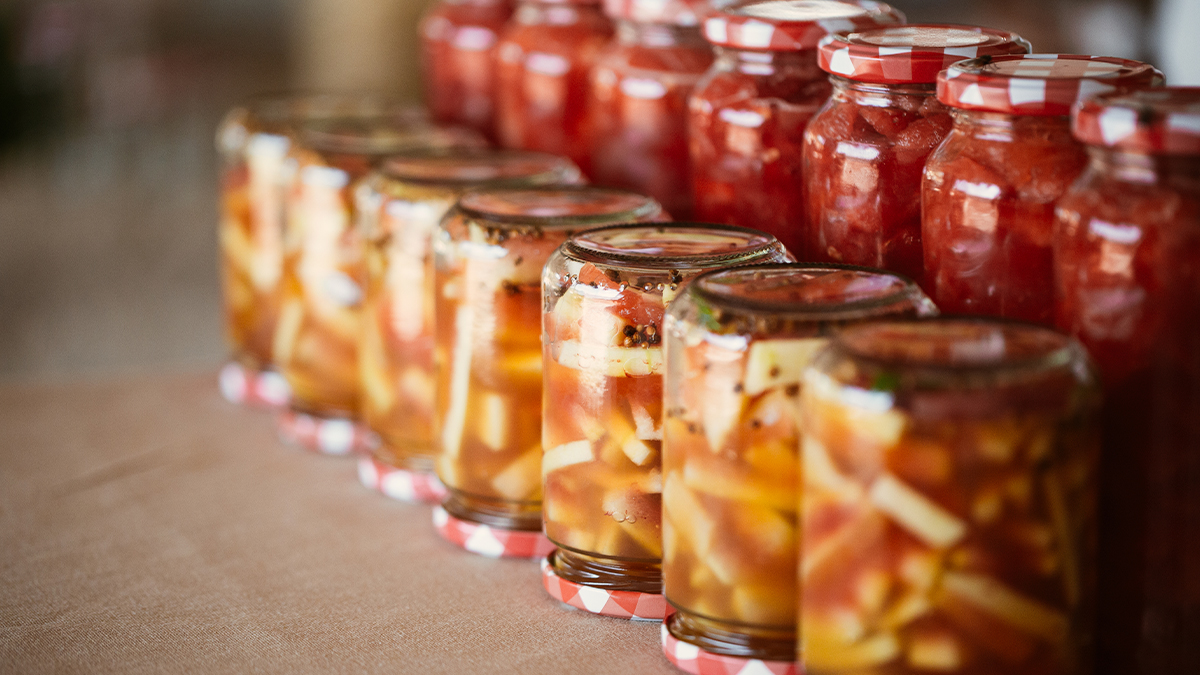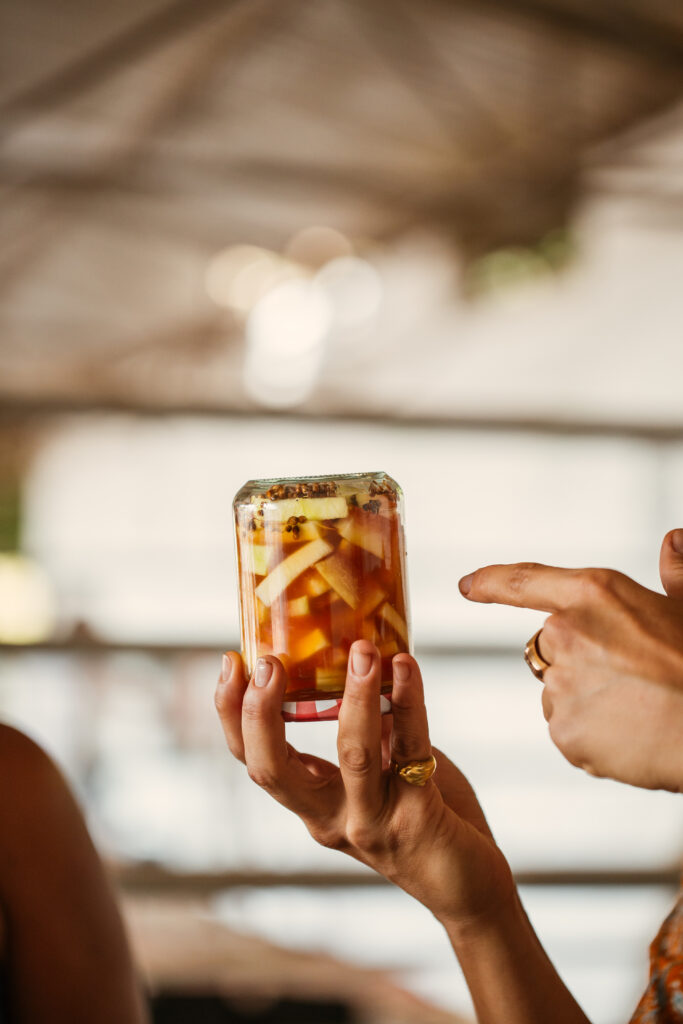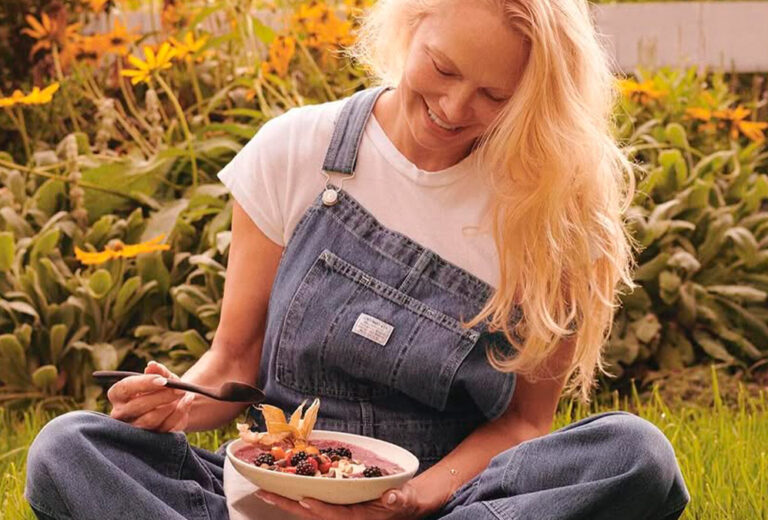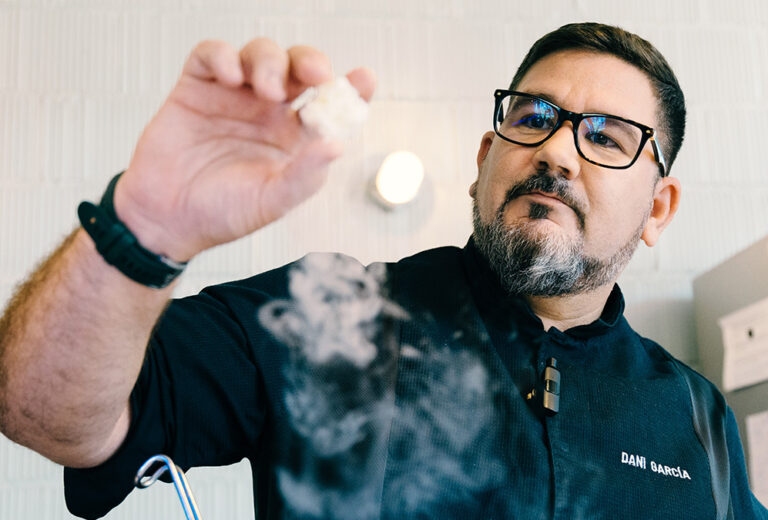Click here to read the Spanish version.
En España se tiraron a la basura más de 23 millones de kilogramos o litros de comida y bebida por semana en 2022, según datos oficiales. Por más alarmante que parezca este dato, en realidad representa una reducción de un 6,2 % con respecto al año anterior, con lo cual es de esperar que nos estemos convirtiendo en consumidores cada vez más concienciados y responsables.
Aun así, al abrir la nevera después de un largo día de trabajo, puede resultar complicado inventarse formas creativas de aprovechar alimentos que ya están al límite de su caducidad en lugar de tirarlos a la basura.
Desde Ibiza Produce, un proyecto de la fundación IbizaPreservation que promueve el producto KM0 y la cocina residuo cero, nos empeñamos en poner en valor estos restos de comida y toda la cadena de producción implicada en llevar estos alimentos de la granja a nuestra mesa.
Tomemos el ejemplo de la sandía. En Ibiza tenemos la suerte de contar con una de las variedades de sandía más apreciadas por su dulzor y su textura crujiente, Pero, ¿qué hacer con los restos de esta fruta cuando se haya disfrutado de su jugosa carne roja? Pues hay muchas opciones. ¿Sabías que se pueden crear dulces, granizado, refrescos, kimchi, o incluso carne vegana a partir de la sandía?
La solución al desperdicio de alimentos está dentro de nosotros. Solo tenemos que descubrir el secreto alquímico capaz de transformar nuestros residuos alimentarios en oro. Y para ayudarnos, a continuación, Erika Tangari, chef y creadora del Sol Method, nos demuestra cómo hacerlo con sus sabrosas recetas.
In Spain, more than 23 million kilograms or liters of food and drink were thrown away per week in 2022, according to official data. As alarming as this figure may seem, it actually represents a reduction of 6.2% compared to the previous year, so hopefully we are becoming increasingly aware and responsible consumers.
Even so, when opening the fridge after a long day at work, it can be difficult to come up with creative ways to use food that is past its expiry date instead of throwing it away.
From Ibiza Produce, a project of the IbizaPreservation foundation that promotes the KM0 product and zero waste cuisine, we strive to value these food leftovers and the entire production chain involved in bringing these foods from the farm to our table.
Let’s take the example of watermelon. In Ibiza we are fortunate to have one of the most appreciated varieties of watermelon for its sweetness and crunchy texture, but what to do with the remains of this fruit when you have enjoyed its juicy red flesh? Did you know that you can create sweets, slush, soft drinks, kimchi, or even vegan meat from watermelon?
The solution to food waste lies within us. We just have to discover the alchemical secret capable of transforming our food waste into gold. And to help us, here’s Erika Tangari, chef and creator of the Sol Method, shows us how to do it with her tasty recipes.
Watermelon rind pickles
Ingredients
- 1 watermelon (3 kg)
- 1 cup apple cider vinegar
- 1 cup filtered water
- 1/2 cup brown sugar
- 1 tablespoon sea salt
- 1 teaspoon coriander seeds
- 1 hot chili bell pepper (optional)
Elaboration
- Cut the watermelon in half. Scoop out the red flesh and reserve in a bowl for the watermelon vinegar recipe (see below).
- Peel the watermelon and chop the rind into small pieces and place them in jars with the coriander seeds and chopped chili.
- In a saucepan, dilute the sugar and salt with the water and vinegar over medium heat.
- Cover the watermelon with the liquid and cover.
- Store in the refrigerator upside down. Shake daily.
- Eat after 4 days and up to one month after processing.
Watermelon vinegar
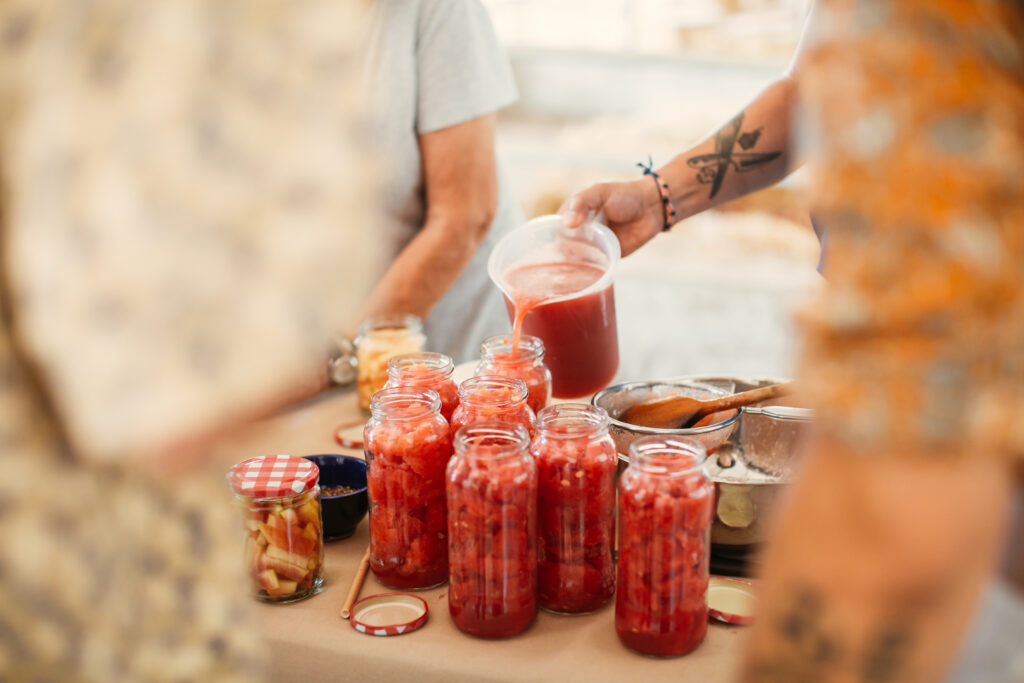
Ingredients
- The red flesh of 1 watermelon
- ½ tablespoon sugar
Elaboration
- Chop the watermelon into chunks and place them in a jar.
- In a blender, mix a piece of watermelon with half a tablespoon of sugar to obtain a juice.
- Sieve the juice.
- Fill the jar with the watermelon juice and make sure the fruit is completely covered with the liquid.
- Cover the jar with paper or a cotton cloth and secure with a rubber band or string.
- Store away from direct sunlight.
- During the first week, stir daily making sure the fruit is still covered with liquid.
- During the second week the “mother” will appear on top. This is a layer composed of bacteria that transform the sugar into acetic acid. Sieve out the vinegar and throw the fruit into the compost. Store the liquid and the mother together.
- After 4 weeks, the vinegar is ready to use.
Gabrielle Gambina is the coordinator of Ibiza Produce, a project of the IbizaPreservation foundation that aims to regenerate Ibiza’s soils and landscapes by promoting the consumption of KM0 products.
Erika Tangari is a chef who promotes zero waste cuisine through her Sol Method.

